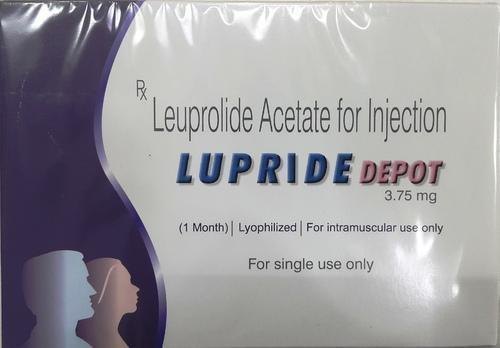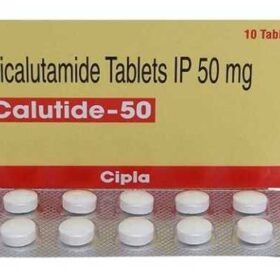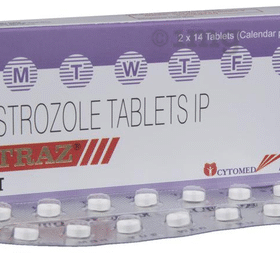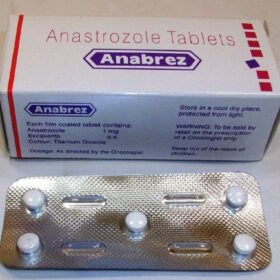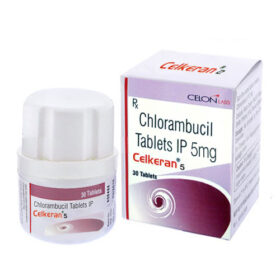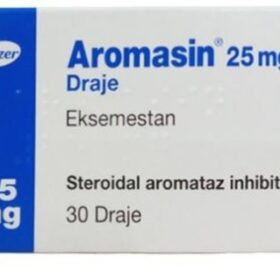- Your cart is empty
- Continue Shopping
Product
Lupride Depot (Leuprolide Acetate)
Price range: $320.00 through $1,250.00
Lupride Depot 3.75mg Injection (leuprolide acetate) is a monthly intramuscular therapy that reduces sex hormone production. It treats advanced prostate cancer, endometriosis, uterine fibroids, and central precocious puberty. Administered under medical supervision, it helps manage hormone-sensitive conditions effectively. Common side effects include hot flashes, headache, mood changes, and nausea. Patients with heart conditions, pregnancy, or breastfeeding should consult their doctor before use. Choose Lupride Depot for reliable, doctor-guided hormone suppression therapy. Learn more on Mayo Clinic and Drugs.com.
Lupride Depot 3.75mg Injection contains leuprolide acetate, a synthetic hormone classified as a gonadotropin-releasing hormone (GnRH) agonist. Administered via intramuscular injection, it effectively reduces the production of sex hormones, making it a cornerstone in the management of hormone-sensitive conditions. This medication is used in the treatment of advanced prostate cancer, endometriosis, uterine fibroids, and central precocious puberty. For more detailed information, see Mayo Clinic, Drugs.com, FDA, WebMD, PubMed, Healthline, and WHO.
Key Benefits & Uses
Lupride Depot helps manage multiple conditions. It suppresses testosterone levels to slow hormone-dependent prostate cancer growth (Mayo Clinic). It reduces pain and lesion size in endometriosis (Drugs.com), shrinks uterine fibroids, and alleviates related symptoms (WebMD). Additionally, it delays early puberty in children, supporting normal growth and development (Healthline).
How to Use
Lupride Depot 3.75mg Injection should be administered by a healthcare professional via intramuscular injection, typically once a month. Dosage and duration depend on the condition being treated. Follow your doctor’s instructions carefully and consult them before making any changes (FDA).
Important Safety Information
Lupride Depot is not recommended during pregnancy or breastfeeding due to potential risks to the fetus or infant (WHO). Avoid if allergic to leuprolide acetate or any components (PubMed). Long-term use may reduce bone density, so discuss preventive measures with your doctor (Healthline). Caution is advised if you have a history of heart disease or stroke (Mayo Clinic).
Common Side Effects
Some patients may experience hot flashes, headaches, decreased libido, mood changes (such as depression), dizziness, or nausea (Drugs.com).
Why Choose Lupride Depot
Lupride Depot offers targeted hormone suppression with proven effectiveness for prostate cancer, endometriosis, fibroids, and early puberty. Regular administration under medical supervision ensures optimal outcomes and safety (WebMD).
Additional Information
| Strength | 3.75 mg, 11.25 mg, 22.50 mg |
|---|---|
| Size | 1 Injection, 2 Injection, 3 Injection |




